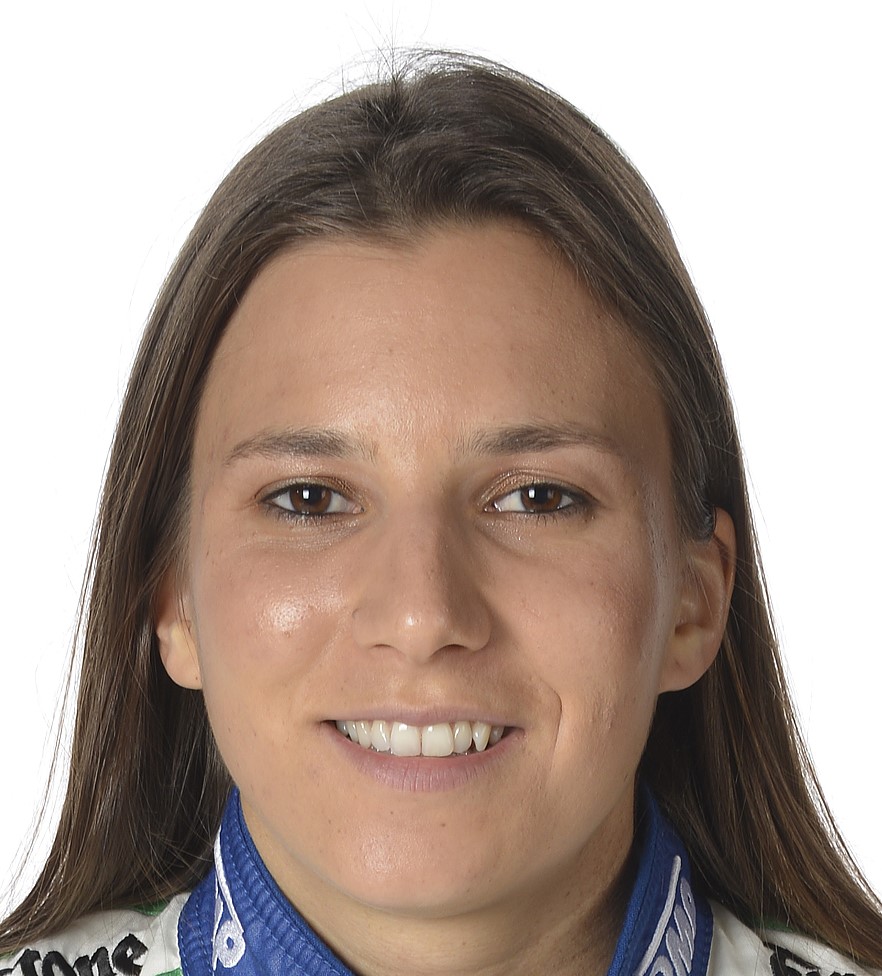Simona de Silvestro Says the Future of Racing Is Electric
 |
| Simona de Silvestro |
A woman has yet to win the Indianapolis 500, but Simona de Silvestro, the Swiss-born driver, could be the first. In last Saturday’s race at the Shell and Pennzoil Grand Prix of Houston, she came in second to Scott Dixon, her best finish ever (and first podium) in the Izod IndyCar Series.
“I’ve been waiting for that kind of finish for a long time, and to have it come in 2013 near the end of the season was a great feeling," de Silvestro said. “I had a pretty fast car, but Dixon had a bit faster one. I couldn’t quite catch or pass him, but we were competing until the last corner."
Not a bad result for the green entrant in the race. Zero-emission Indy cars are quite a bit down the road, but de Silvestro said that her racing team was carbon neutral because of offsets acquired on her behalf. De Silvestro drives a car sponsored by a nuclear industry initiative, and she’s passionate about the benefits of the harnessed atom.
“Nuclear is the cleanest way to produce a lot of electricity," she said in an interview. “In Switzerland, we get 40 percent of our power from nuclear."
Of course, whether nuclear power is truly “green"— or safe — is a hotly debated issue, including in Switzerland. In 2011, in the wake of the Fukushima Daiichi disaster in Japan, the Swiss government joined Germany in deciding to phase out nuclear power, albeit somewhat slowly. De Silvestro thinks that decision is likely to prove a mistake.
As someone who considers herself an environmentalist, does de Silvestro, who drives for KV Racing Technology, think that battery-powered racecars are in her future?
“I like the idea, for sure, because auto racing has always been a tool to push the boundaries," she said. “I’ve only driven electric go-carts, not full-size racecars, but I think it will be a part of motor sports. It will come because the future will be more electric. As drivers, there are some things that we’ll have to do differently, but we don’t know exactly what they are yet. Electric cars don’t make very much noise, so that alone is a big change, but maybe people will like it."
Aside from a cultural disconnect from conventional racing, electric racers face some technical hurdles.
“The biggest challenge is on the battery side — getting enough range," de Silvestro said. She describes the upcoming Formula E races (in Miami and Los Angeles, along with international locations) as “an interesting concept, but how it will work out depends quite a bit on what the rules are — it’s still kind of an unknown."
Chevrolet builds the engines for de Silvestro’s cars, and she has been following the company’s plug-in adventures: she introduced the Chevy Spark EV at the Geneva Motor Show this year and drives a Chevy Volt, which she said she loves and tries to run mostly on electricity. At one point, she said, she charged the car by dangling a power cord from her apartment window.
“It will be interesting to see what the company comes up with next," she said.
De Silvestro, the 2010 IndyCar Rookie of the Year, came in 17th in this year’s Indianapolis 500. She considers that a so-so performance for a driver who wants to be the first woman to win the storied race.
“It was O.K., not great," she said. “We had a mishap in the pits that set us back quite a bit. It’s kind of a special race."
In 2011, de Silvestro was involved in a fiery crash during Indy practice and suffered burns to her hands. “I came back with a big smile and qualified the car," she said. “When you do a sport like car racing, it’s dangerous, but you live for that. I knew that if I waited longer it would be harder to get back in the car."
Qualifying with bandaged hands earned de Silvestro the nickname “Iron Lady," which might be an improvement on “Swiss Miss."
Circuit racing has been banned in Switzerland since the 1950s (despite recent efforts to reverse the law), but that was never much of a deterrent for de Silvestro, who now lives in Indianapolis.
“The ban was a bit annoying when I was growing up, but Italy and France are close," she said. “I hope the Swiss allow racing again." NY Times
